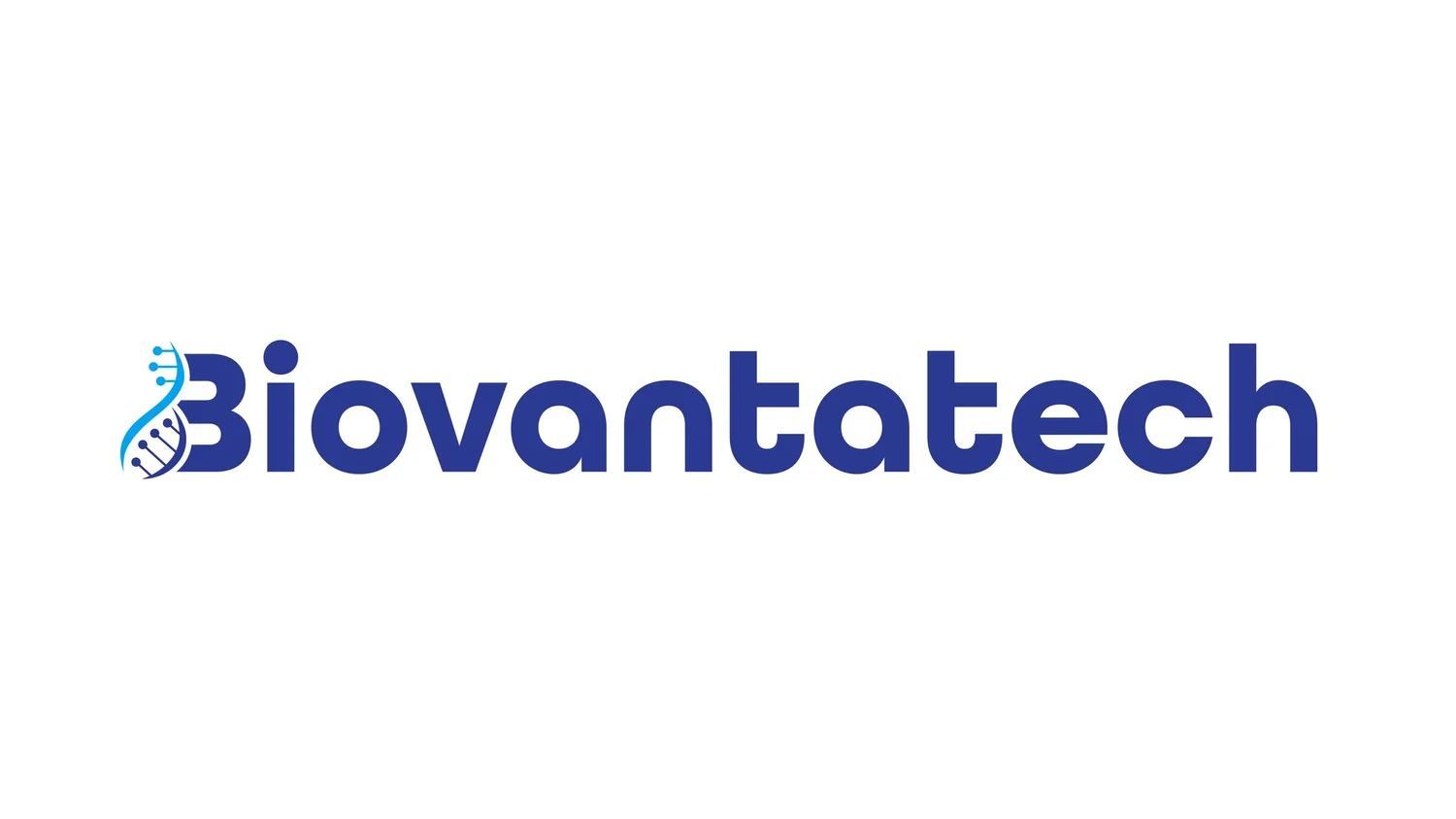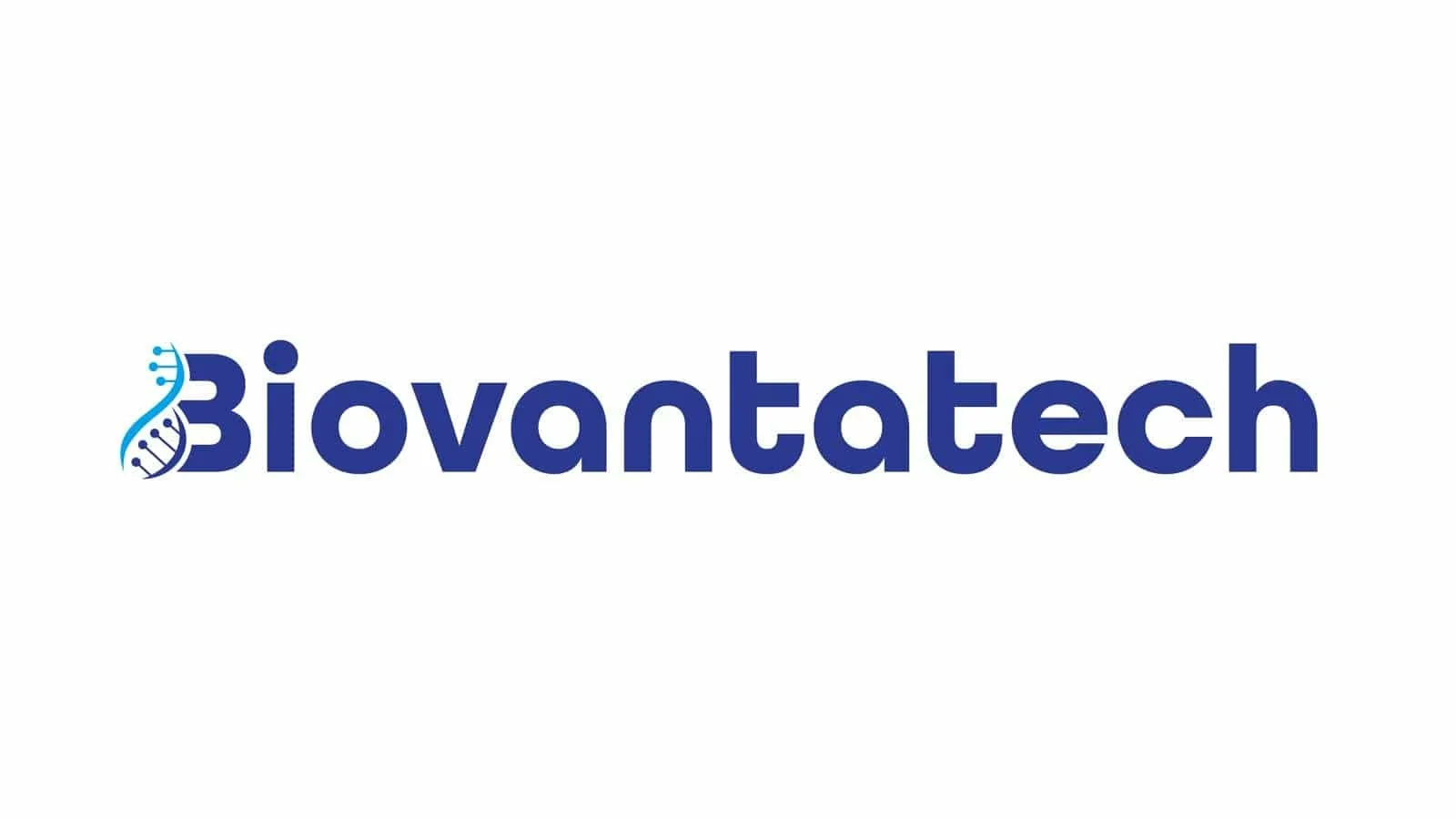Product Testing & Quality Assurance
Human Liver Cancer-Associated Fibroblasts (CAFs) are thoroughly tested to ensure high quality and reliability. These cells are confirmed negative for von Willebrand Factor (vWF/Factor VIII), Cytokeratin 18, and alpha-smooth muscle actin, helping researchers avoid unwanted endothelial or epithelial contamination. They are also screened and verified to be free from bacteria, yeast, fungi, and mycoplasma.
Each batch is validated for positive expression of established CAF markers including FAP, PDGFR, Vimentin, PDPN, and CD70, ensuring their authenticity and functionality in tumor microenvironment studies. Cells are capable of expansion for 3–5 passages using a recommended split ratio of 1:2 or 1:3.
Laboratory Applications
Human Liver CAFs are highly versatile and optimized for a wide range of applications including:
Cell-cell interaction studies
Adhesion assays
PCR and Western blotting
Immunoprecipitation
Flow cytometry and immunofluorescence
Generation of cell derivatives for advanced research
These cells are ideal for cancer biology, drug screening, and tumor microenvironment modeling.
Shipping & Handling
Cells are shipped in frozen vials on dry ice to maintain maximum viability. Upon receipt, it is recommended to thaw and culture the cells immediately. If storage is required, vials must be placed in the vapor phase of liquid nitrogen. Do not store at -70°C, as this will compromise cell viability.
Thawing Instructions:
Thaw the vial quickly in a 37°C water bath (~2 minutes) without submerging the O-ring or cap.
Immediately decontaminate the vial exterior with 70% ethanol under aseptic conditions.
Centrifuge the contents at 125 x g for 5–10 minutes to remove the cryoprotectant. Discard the supernatant and resuspend the pellet in fresh growth medium.
Prepare a T75 flask by coating with 6–8 mL AlphaBioCoat for 15 minutes. Rinse with 1X PBS, discard, and transfer the cells to the flask.
Pre-warm the growth medium in the incubator for 15 minutes to stabilize pH (target pH 7.0–7.6).
Culture cells at 37°C in a humidified incubator with 5% CO₂.
Subculturing Protocol
For T75 flasks:
Remove medium and rinse cells with 1X PBS to eliminate serum traces.
Add 2–3 mL Cell Detachment Solution. Observe under a microscope and allow cells to detach (5–15 minutes).
Repeat AlphaBioCoat coating and PBS rinse as described above.
Add 6–8 mL of complete growth medium and gently resuspend cells.
Plate cells into new flasks at a 1:2 or 1:3 ratio.
Refresh medium every 3–4 days.
Cryopreservation
For long-term storage, resuspend cells in complete growth medium with 5% DMSO. Follow standard cryopreservation procedures using controlled-rate freezing or a freezing container.


